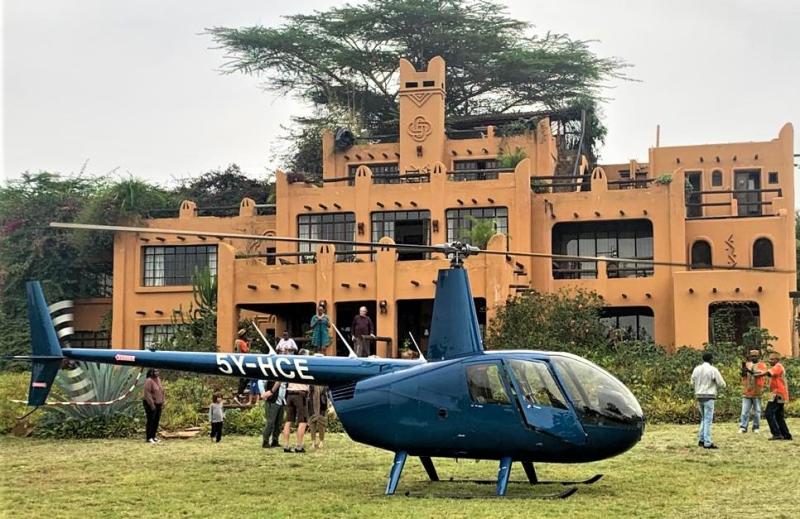×
The Standard e-Paper
Fearless, Trusted News

Do you have Sh320 million to spare? Are you a lover of African art and culture? Then the picturesque African Heritage House located on the edge of Nairobi National Park could be yours.
The house, built by the avid art collector Alan Donovan is up for sale, according to an advert posted by Knight Frank.